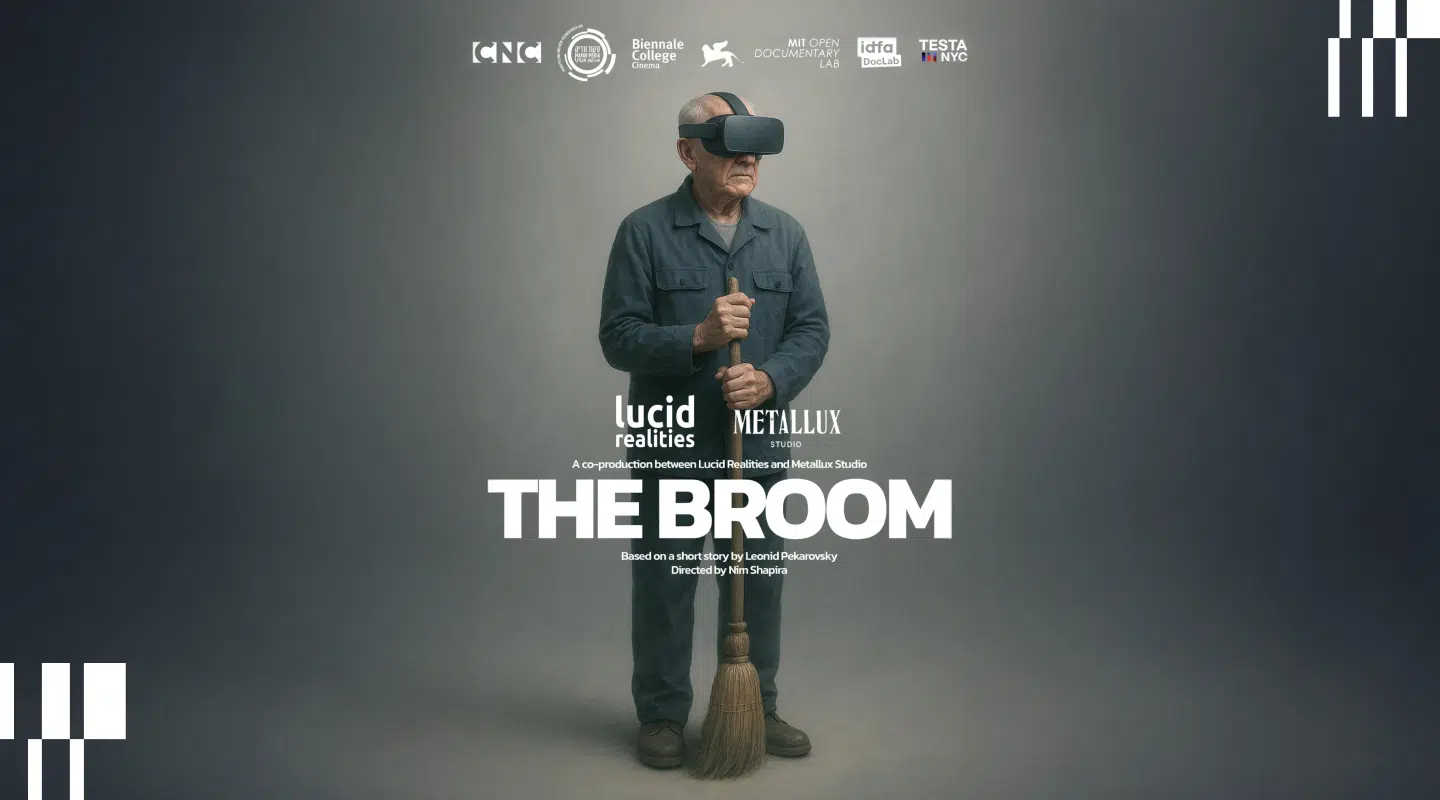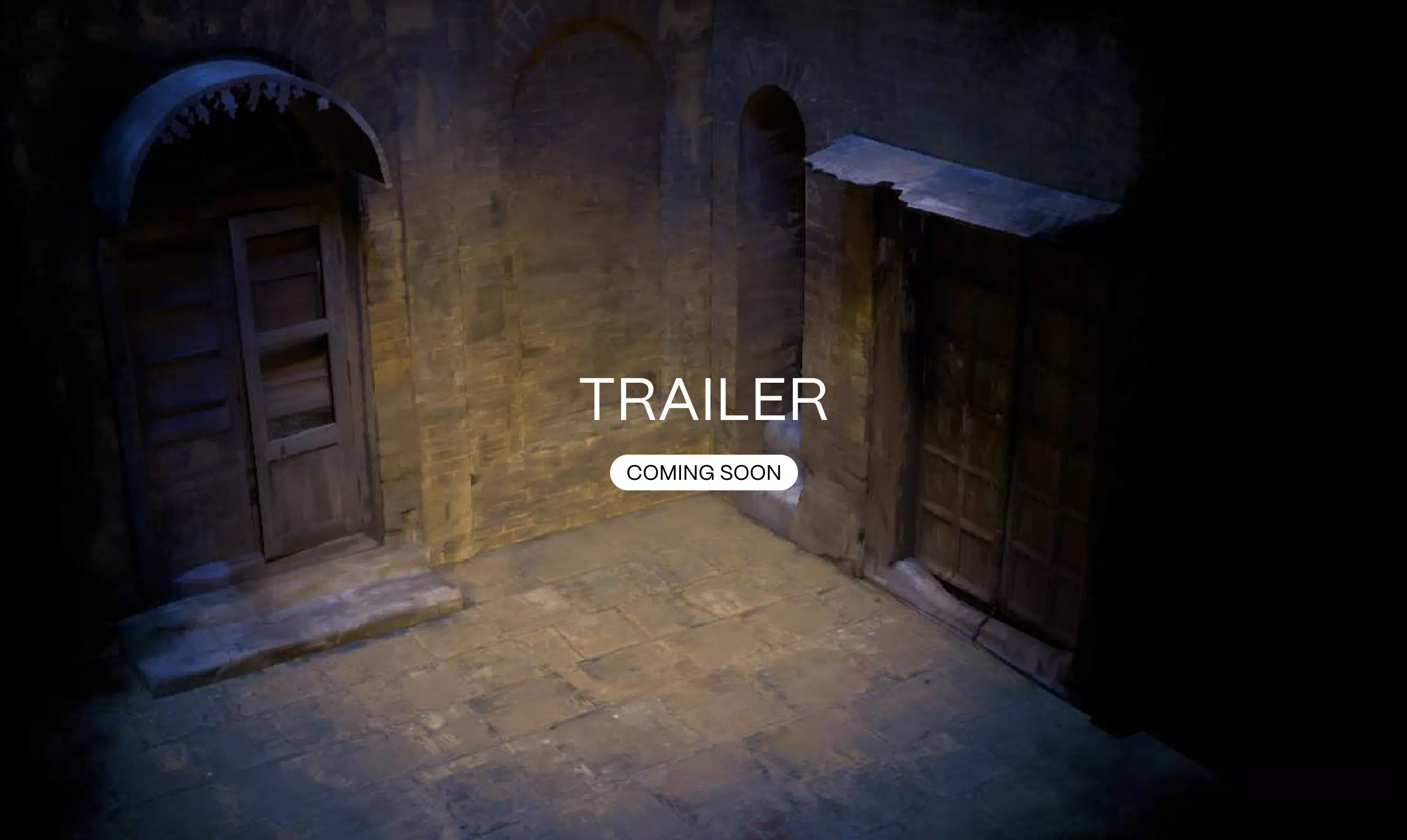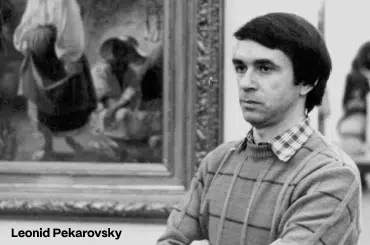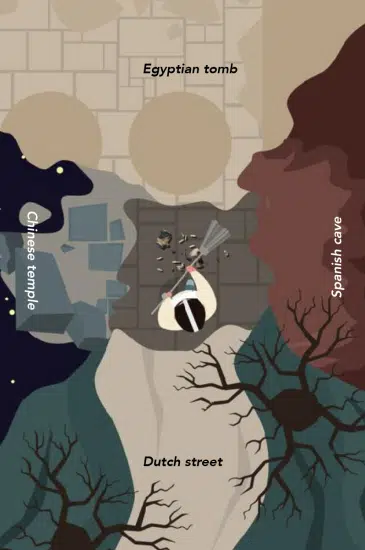Testa NYC is passionately committed to supporting bold, visionary artistic projects and the filmmakers who bring them to life. This dedication is also rooted in the long-standing friendship between Paolo Testa and Nim Shaphira, the creator of the work. “The Broom” presents an immersive virtual reality (VR) experience based on an autobiographical story by Leonid Pekarovsky.

We’re proud to share that TESTA HOLDING NYC has officially come on board as a supporter of The Broom, an immersive VR experience tracing one man’s journey through time, memory, and displacement—armed only with a broom and a lifetime of questions. Known for backing innovative, socially conscious storytelling, TESTA HOLDING saw in The Broom a unique intersection of art, technology, and human history that aligns deeply with their values.
Their support reflects a growing recognition of how virtual reality can powerfully engage audiences around themes of identity, migration, and resilience. With TESTA HOLDING partnership, we’re one step closer to bringing The Broom into schools, museums, and public spaces across the country. The Broom
Created by Nim Shapira
Based on a short story by Leonid Pekarovsky
Co-produced by Lucid Realities and METALLUX Studio
Developed with support from the Venice Biennale College VR, IDFA DocLab, MIT Open Documentary Lab, NEW INC, and the NewImages XR Market
Funded in part by the Makor Foundation, CNC, Gesher Film Fund — and now, proudly, TESTA HOLDING NYC.
Expected Winter 2026

The work aims to make us reflect on what it means to be “seen” in society, and how humble work can hide human and cultural depths.



